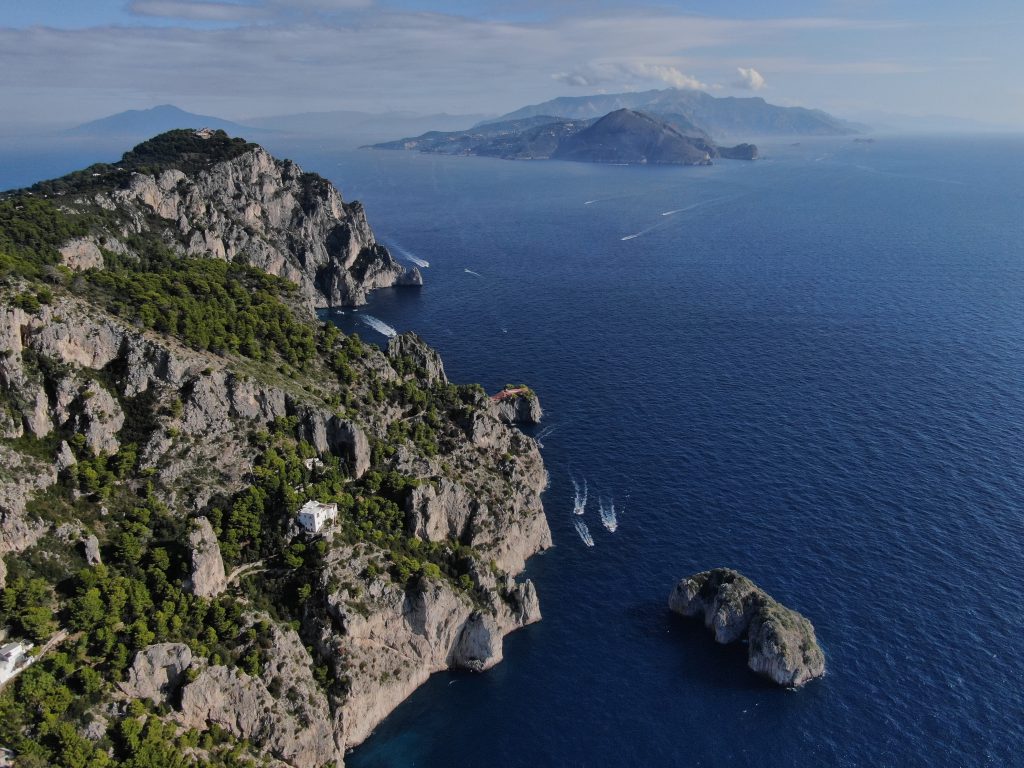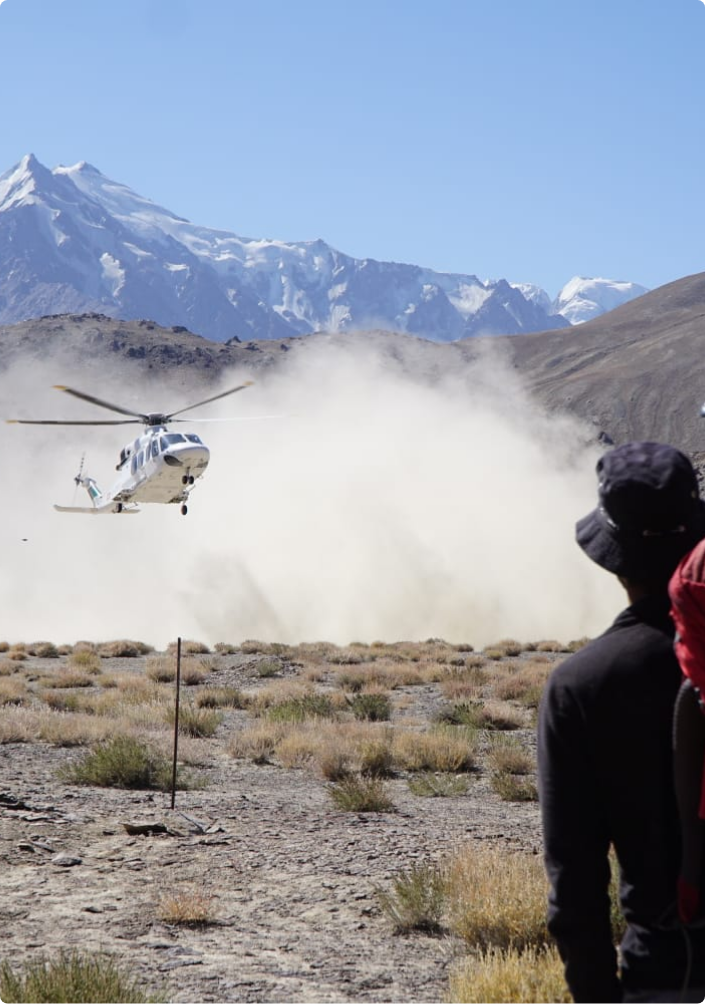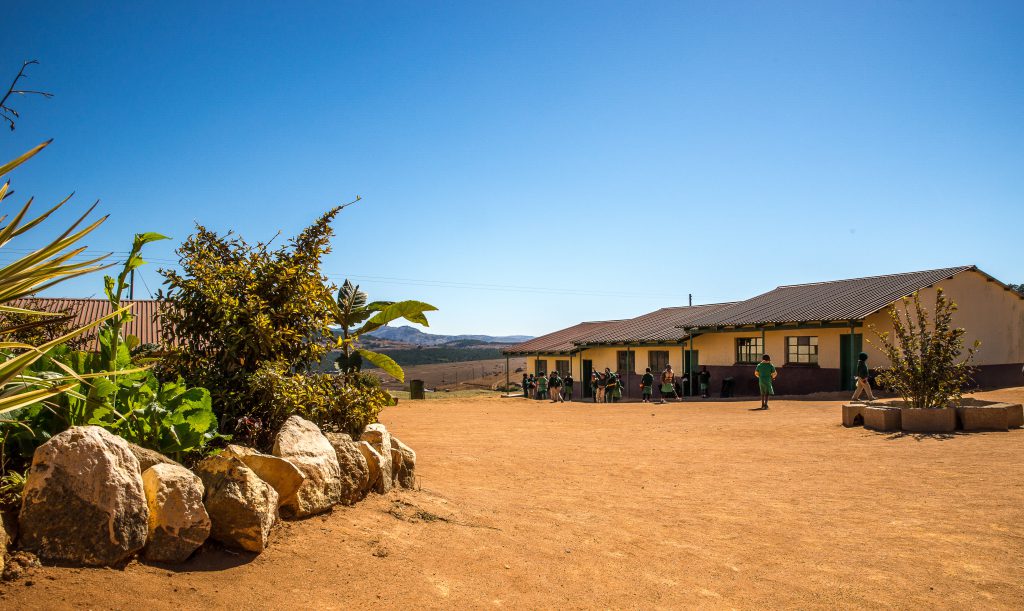Protests against the government of Ecuador resulted in hundreds of besieged travelers
As roads to safe areas became impassable, two groups of travelers were forced to seek shelter from an increasingly agitated local population. With food and water running low and the proximity of violence growing near, a request for immediate assistance was relayed to the MAGNUS Control Center. Rescue teams were immediately dispatched using the only viable method of transport—motorcycles.
The initial report
On June 13, 2022, a series of protests critical of the economic policies of President Guillermo Lasso were triggered by the sudden increase in the price of fuel and basic goods.
Public transportation workers, led by student and worker collectives, coordinated a response by blocking the major thoroughfares in key parts of the country.
Protests escalated as locals constructed physical barricades comprised of logs and boulders across primary and secondary roads. This resulted in the paralysis of transportation corridors vital to the maintenance of basic infrastructure, leaving major cities—including the capital, Quito—at a standstill.
Smaller cities in more remote areas were soon incapable of accessing critical health services, water, food, and other essential supplies.
By June 17, with tensions growing increasingly violent, a curfew was implemented, and a state of emergency was declared.
Israeli backpackers began to receive threats of violence with no viable mechanisms for standard transportation available.
Hundreds of emergency calls and requests for assistance were received from these travelers and directed to MAGNUS’s control room.
Most of the travelers were trapped in remote villages throughout the country, including areas deep within the Ecuadorian Amazon region and smaller coastal communities.
As fuel, food, and water supplies became scarce, travelers found themselves surrounded by angry mobs. In some areas, incidents of targeted violence against the backpackers were reported.
group a
Situation: 3 travelers were confined to a gas station on Highway 487.
By the time of notification, they had slept 2 nights on a bus.
operational challenges
- A group of travelers requested assistance after roadblocks prevented them from leaving a gas station on Highway 487, southwest of Rio-Bamba, for over 48 hrs.
- The group was utilizing a tour bus as shelter and were reaching critically low levels of food and water.
- The roads adjacent to the highway were blocked for miles and surrounded by tropical rainforest.
- There are no forecasts indicating an end to the riots.
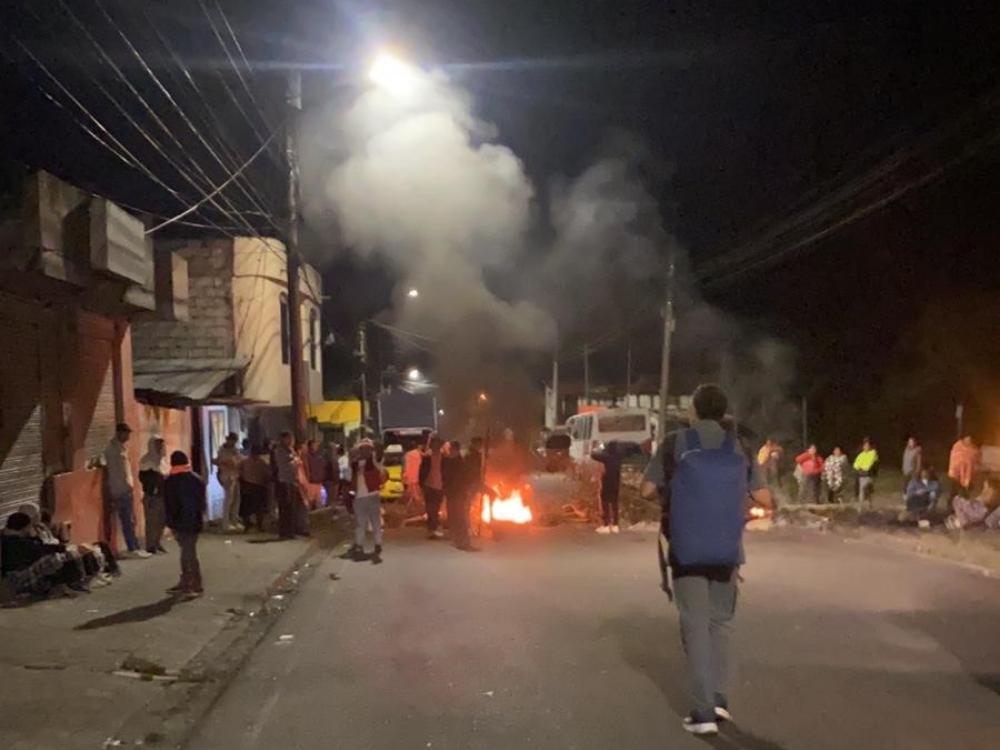
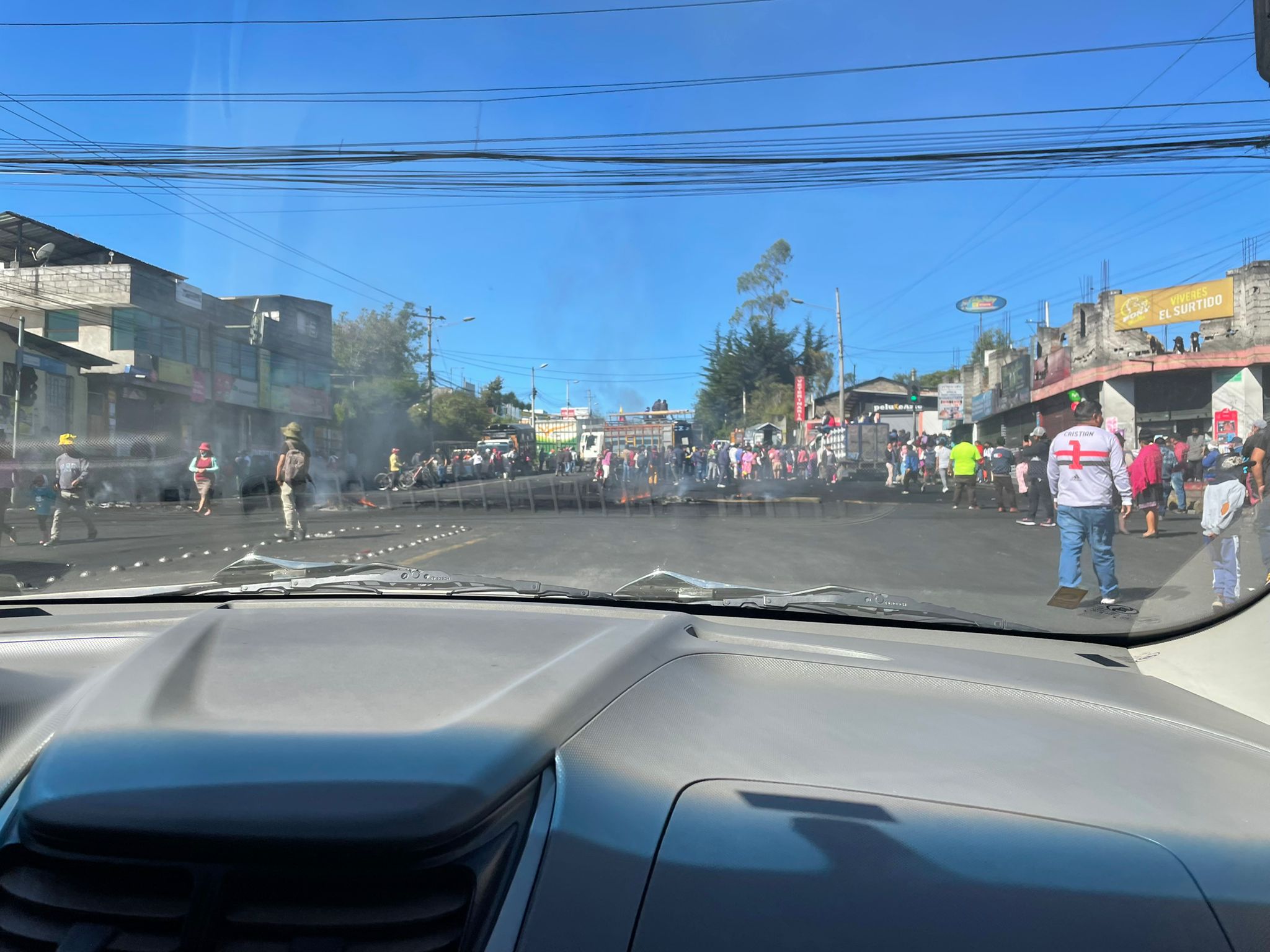
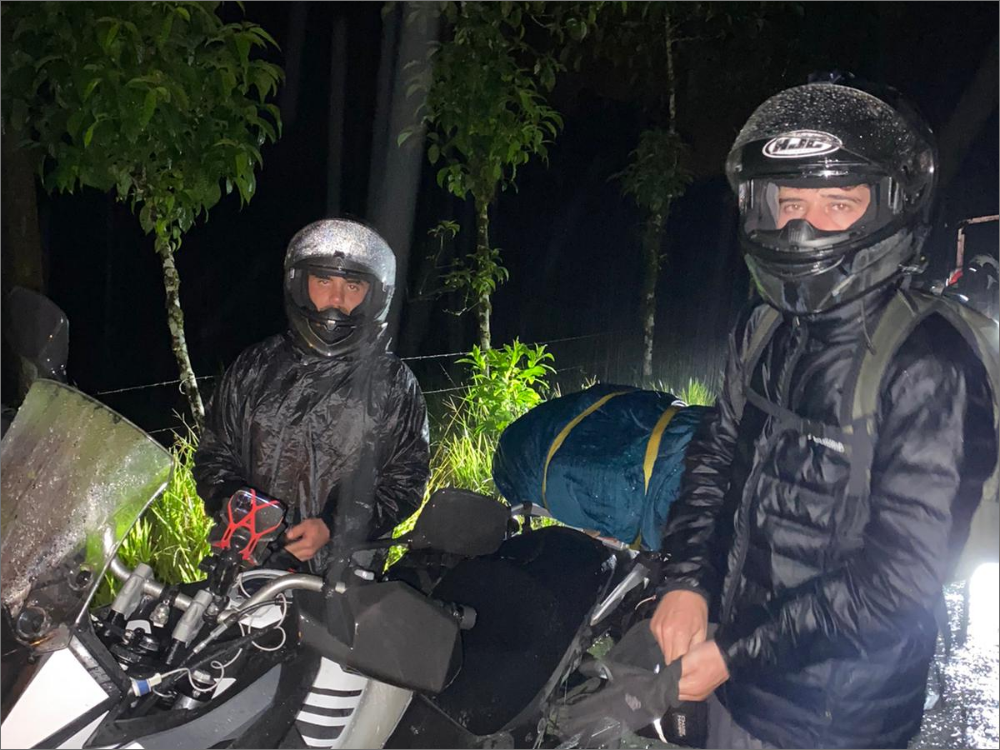
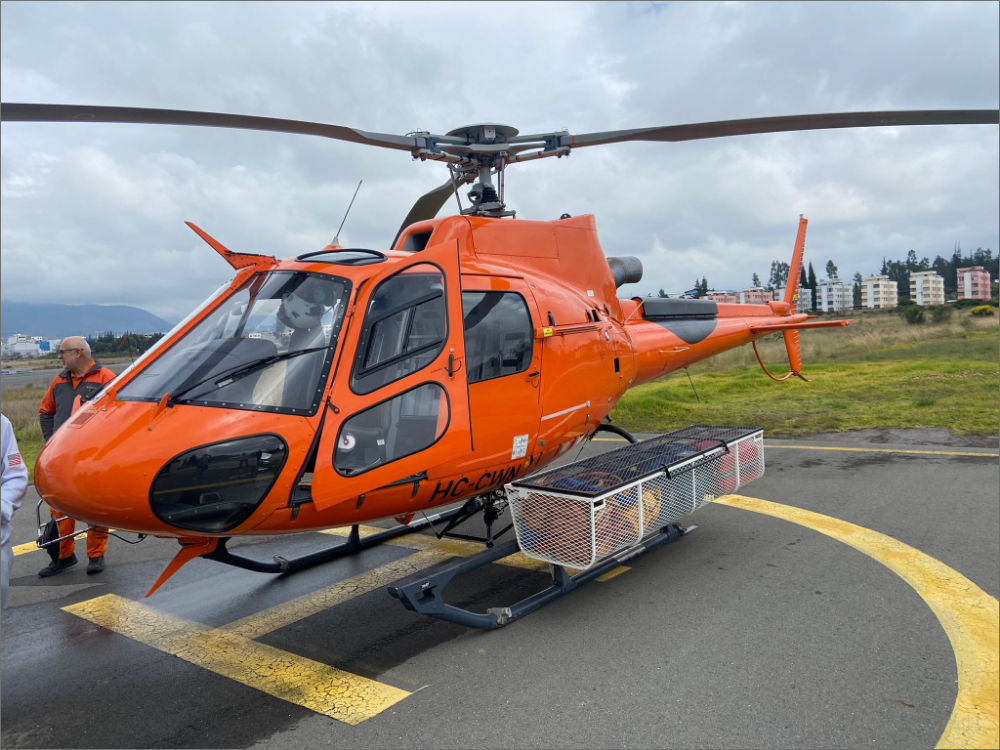
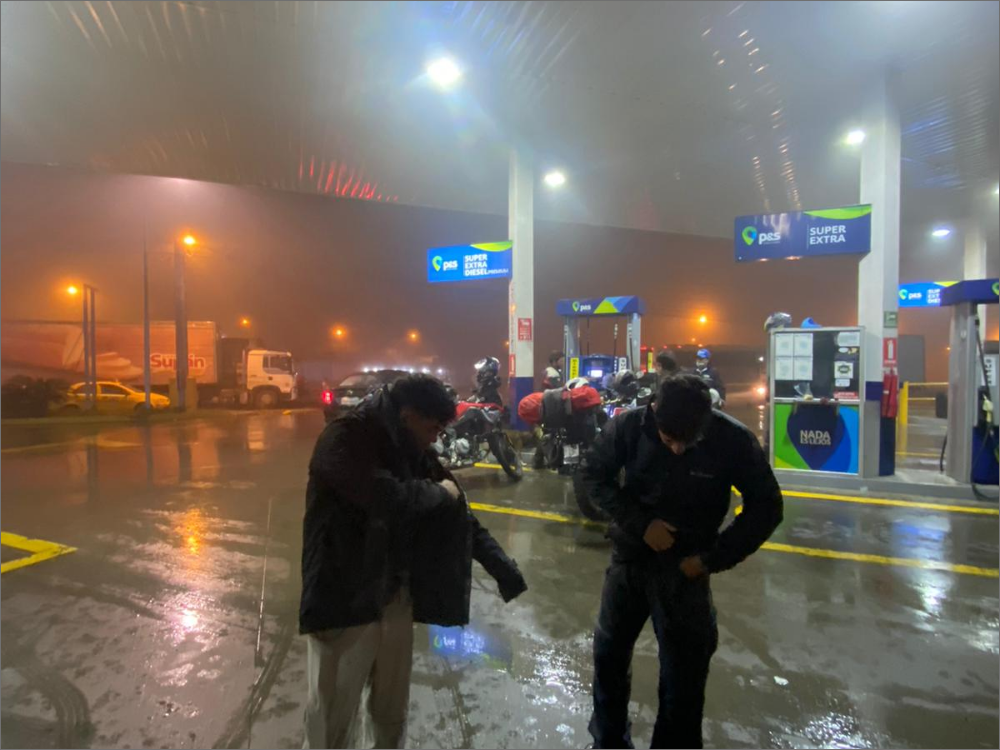
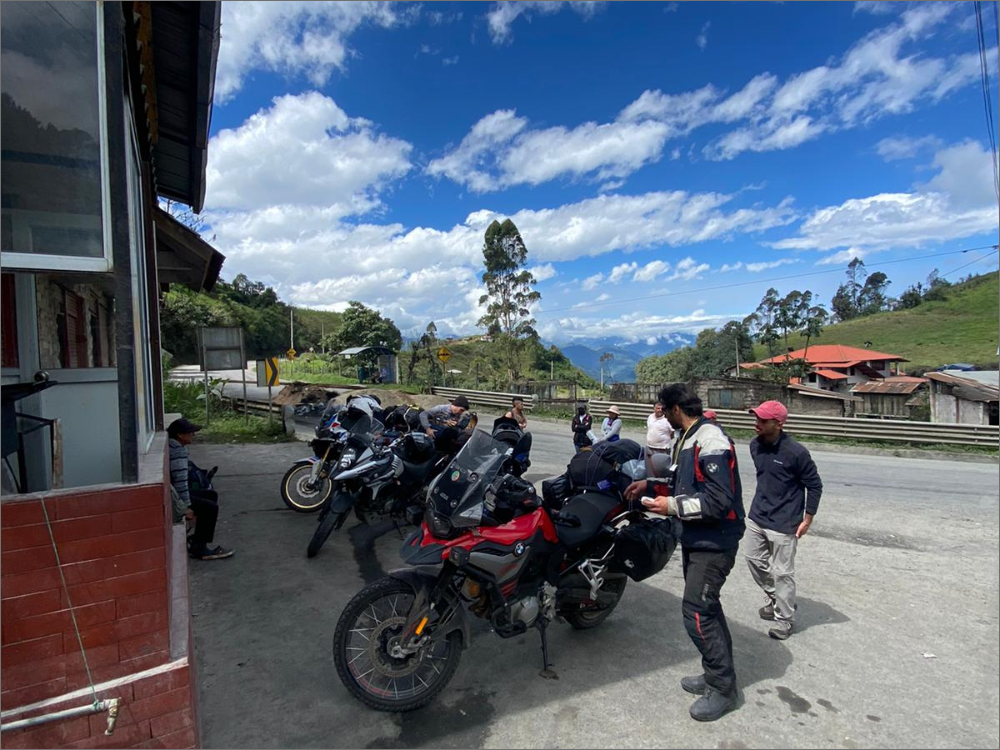
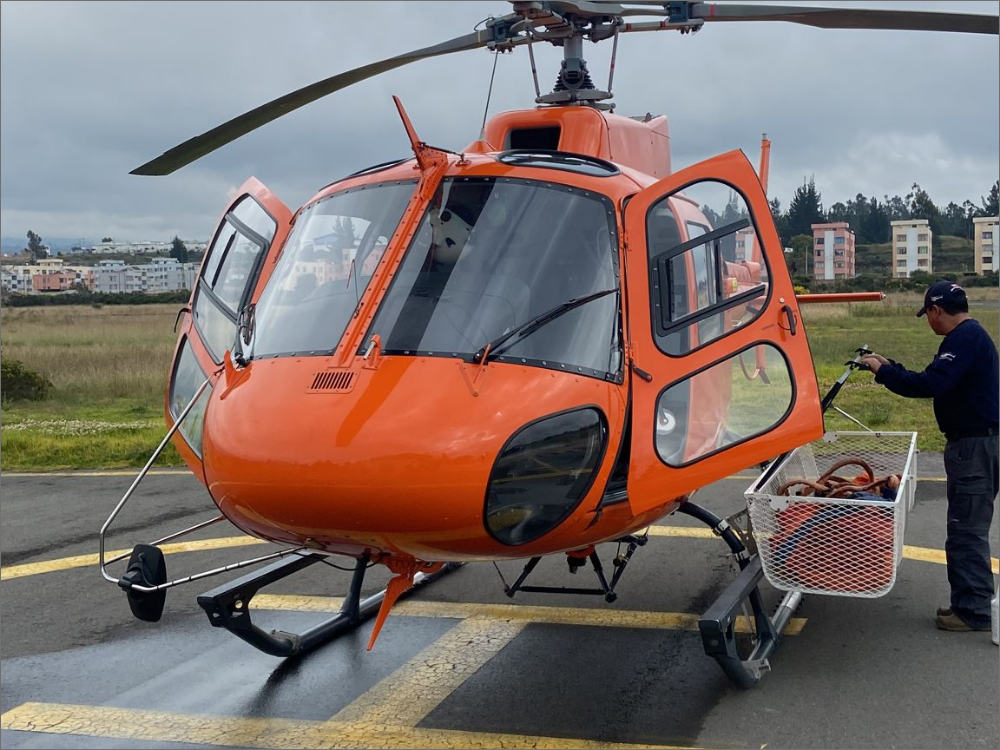
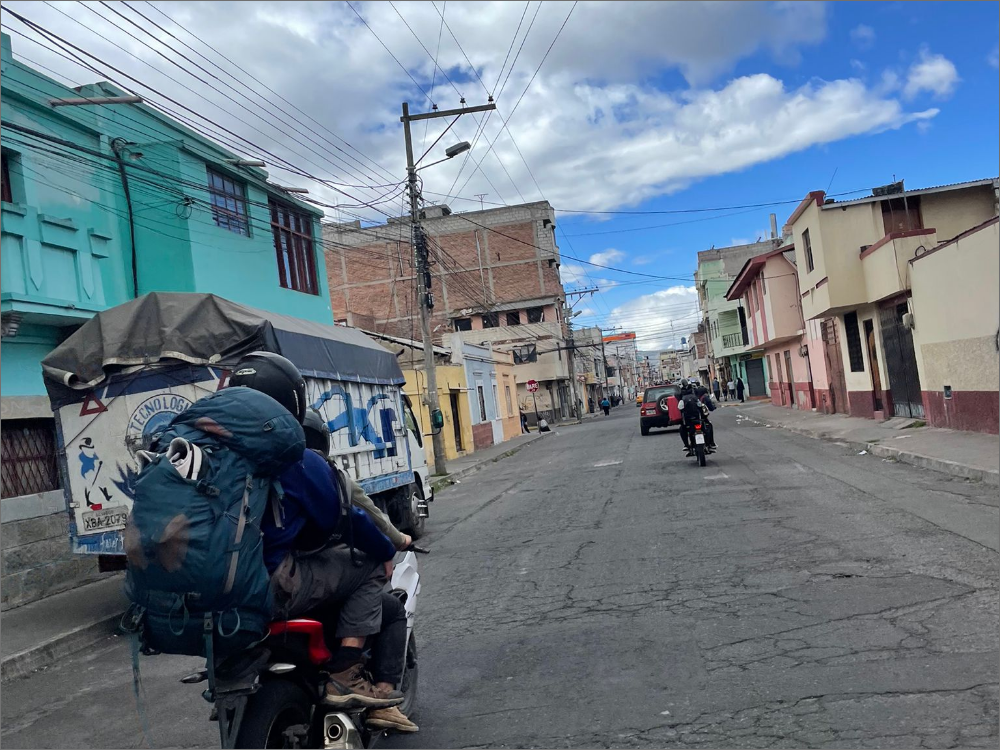
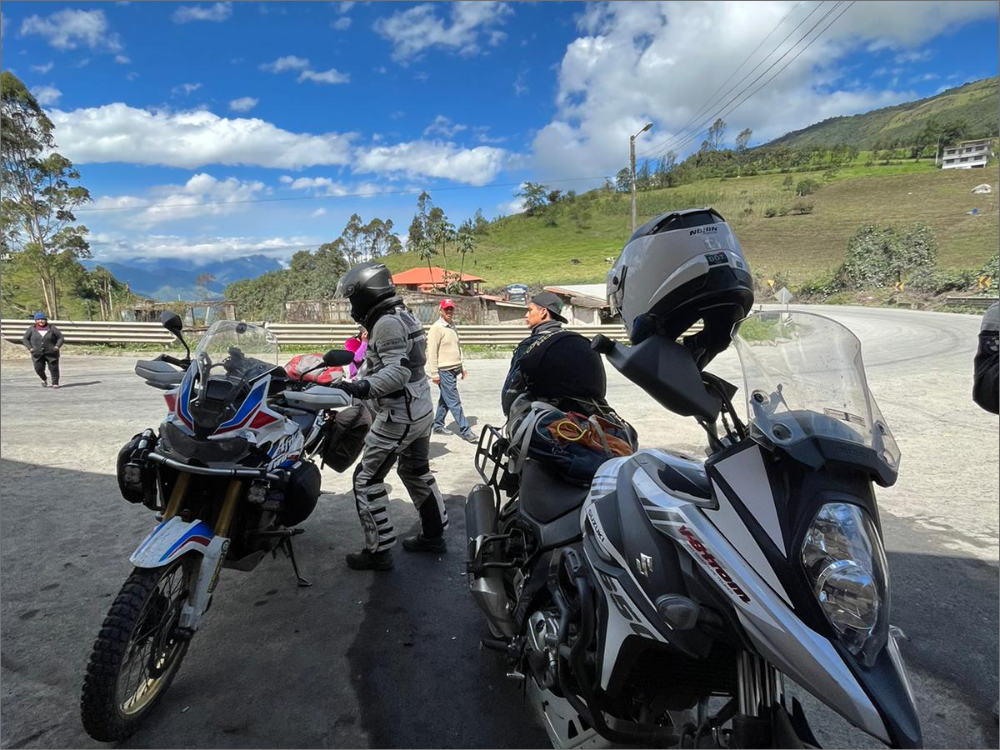
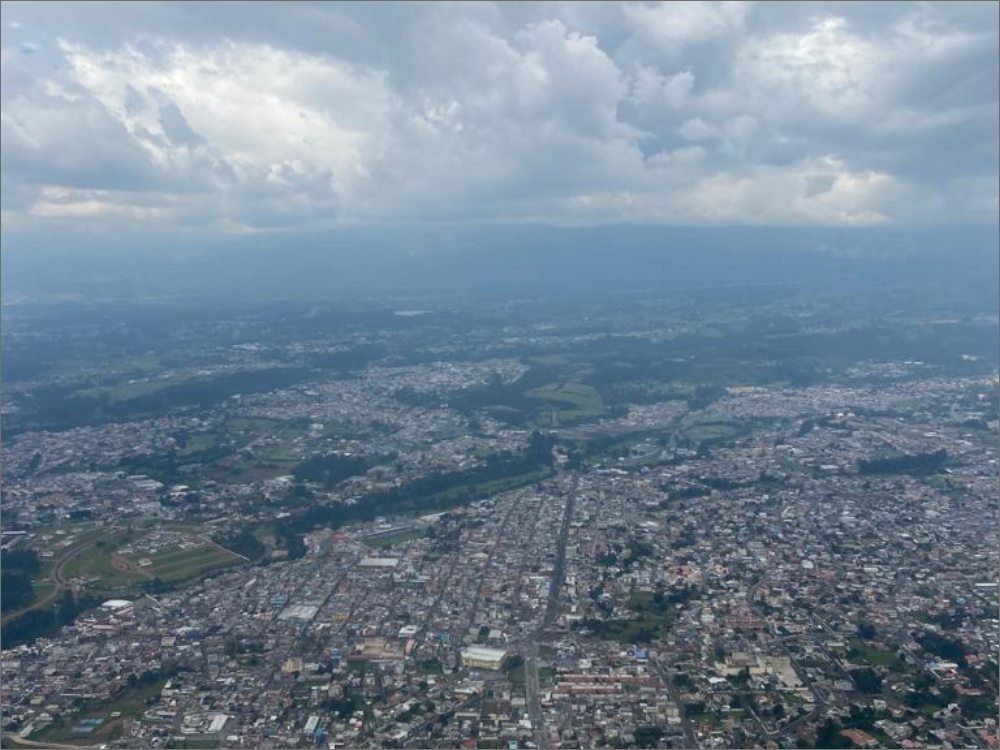
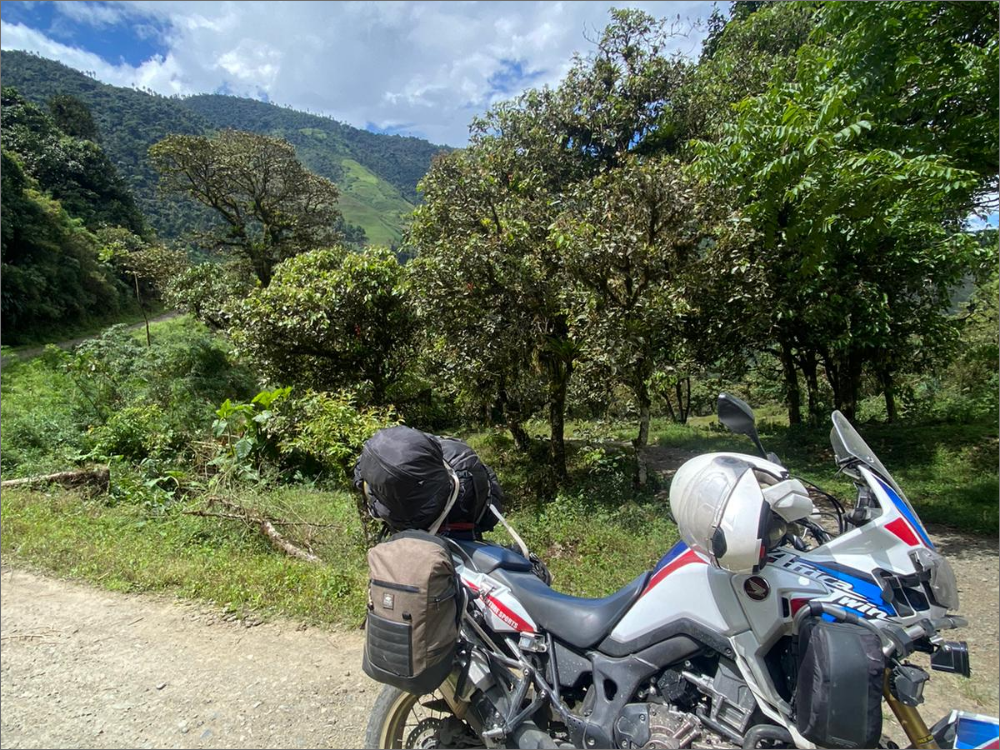
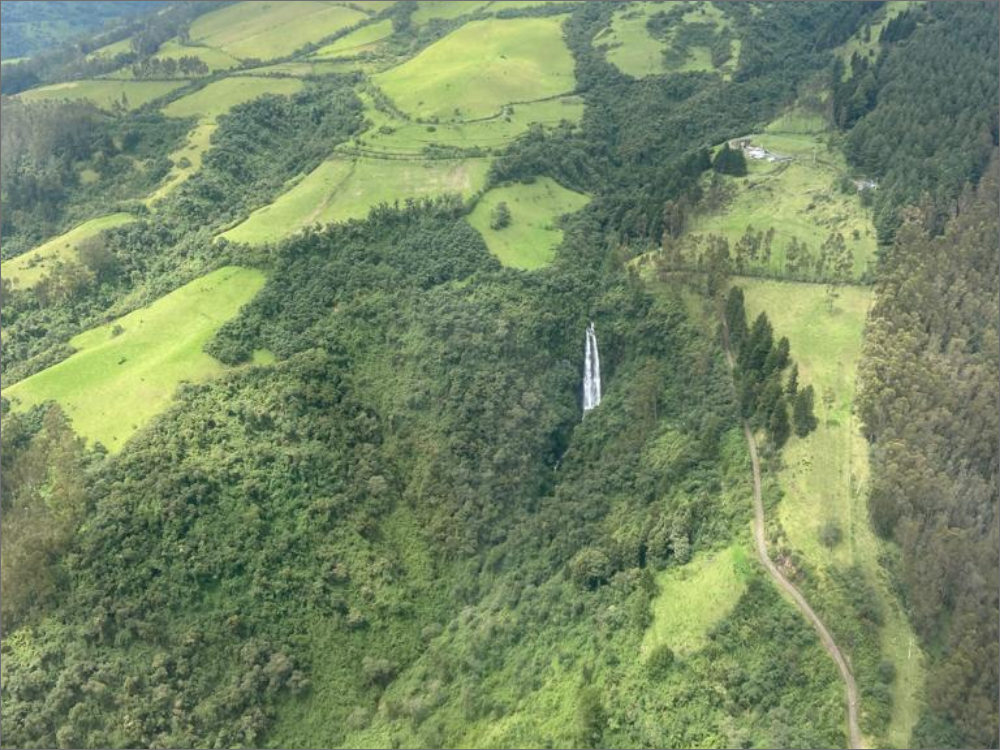
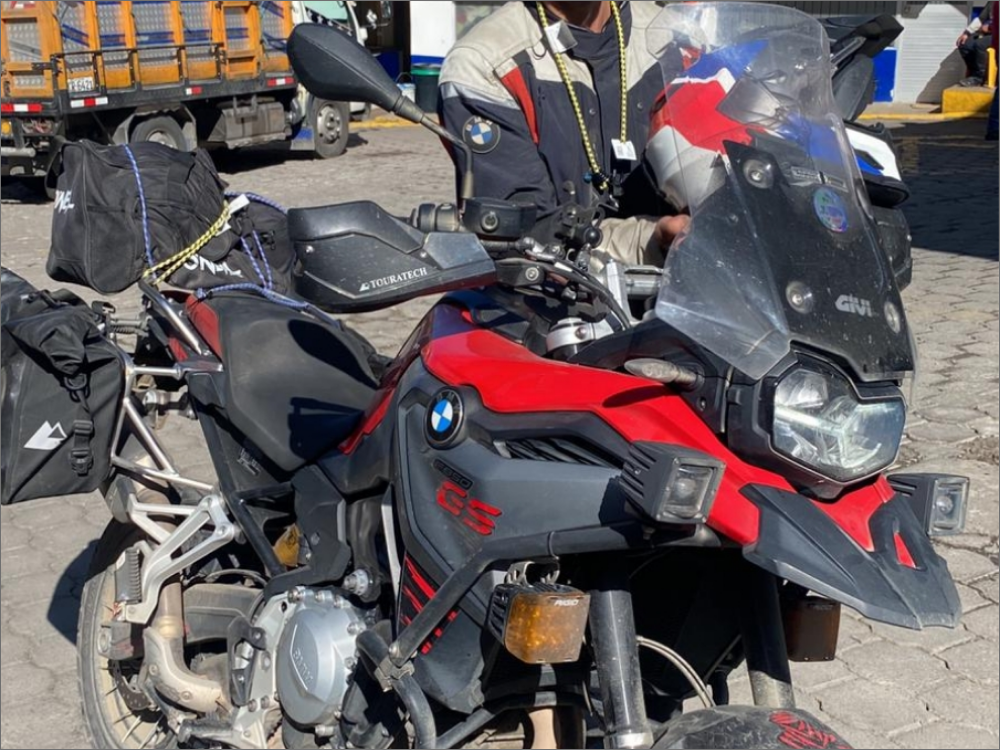
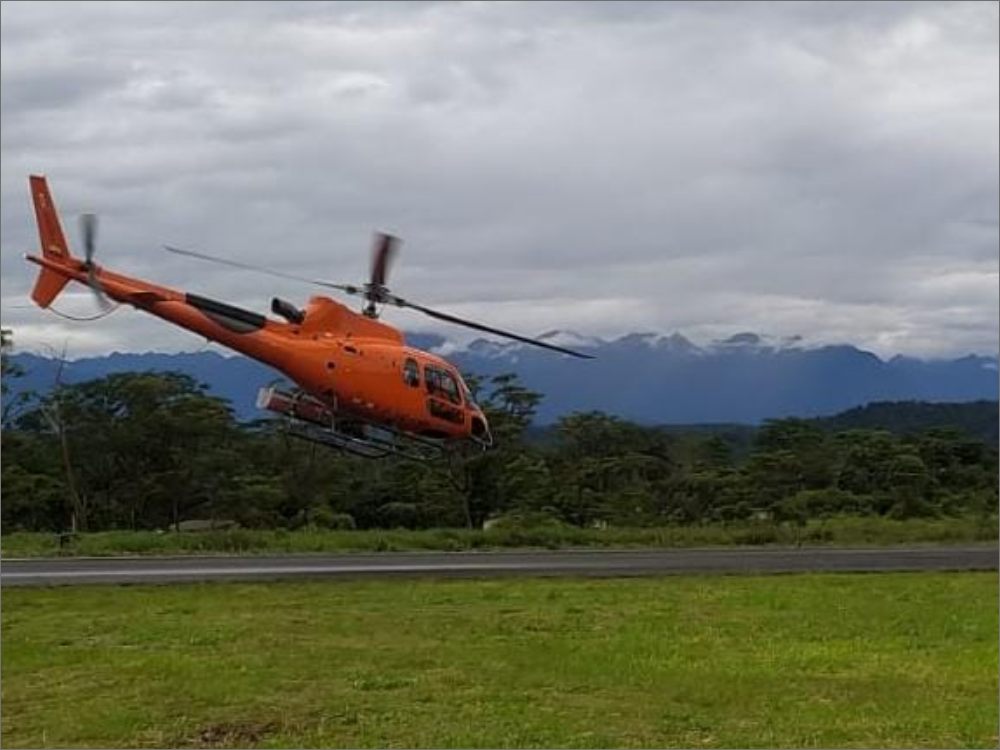
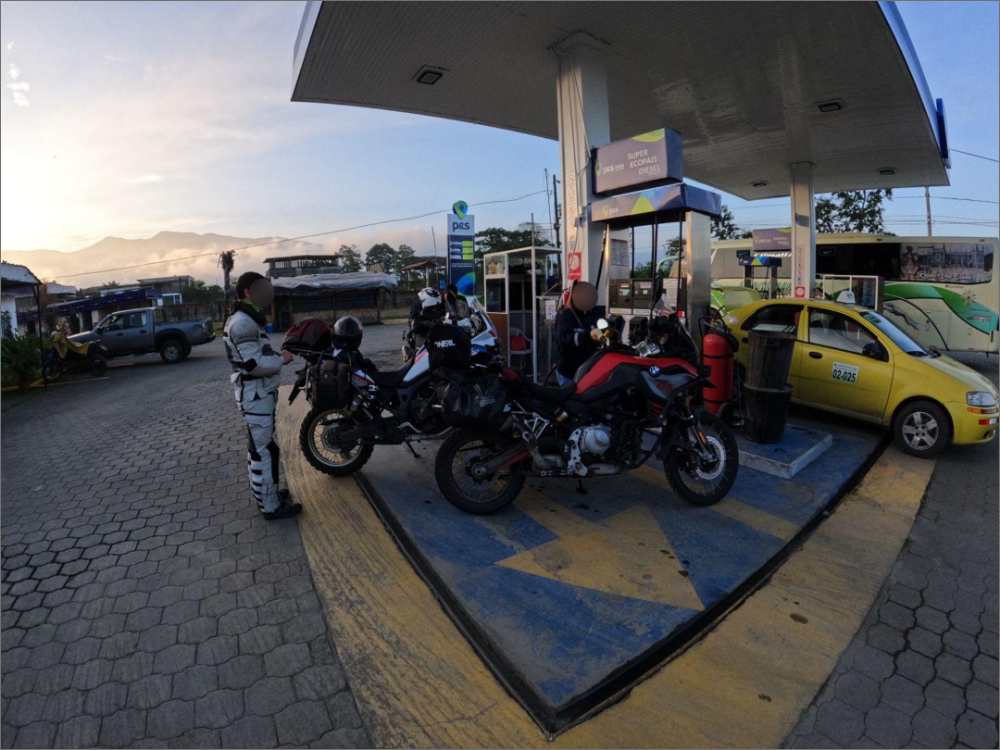
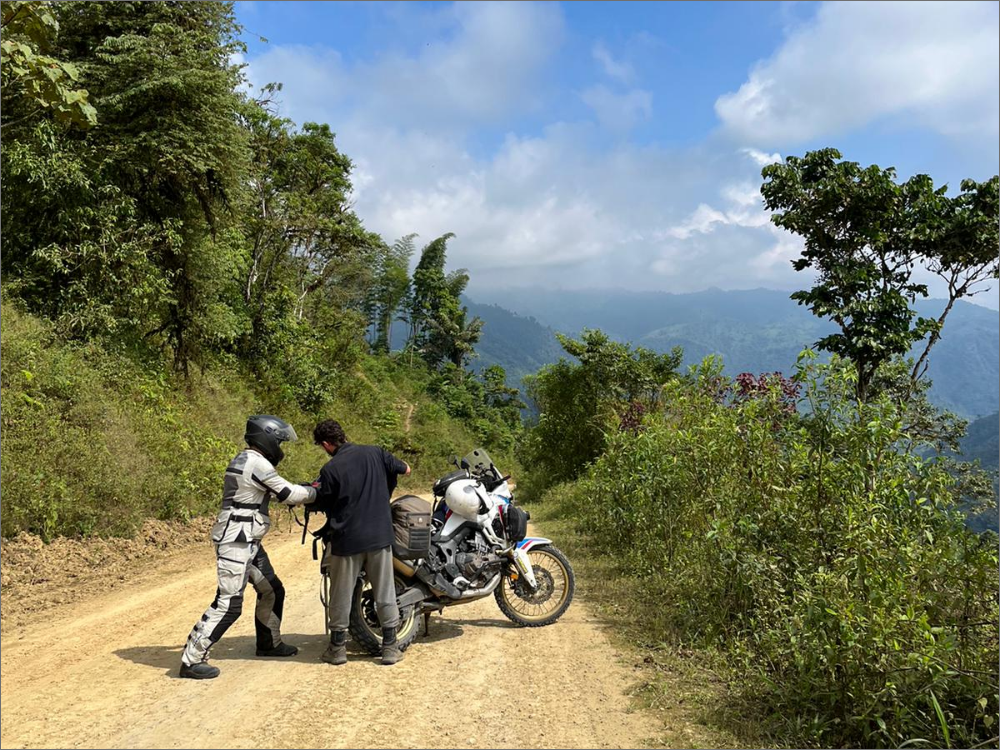
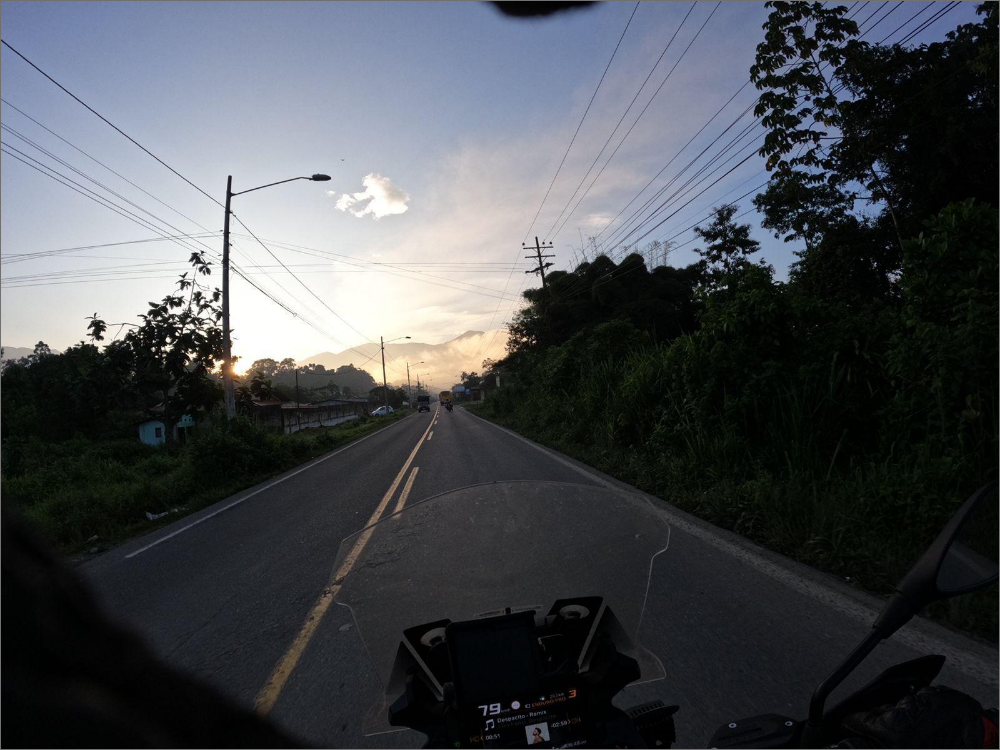
stages of the mission
- The Control Center activated the MAGNUS international network of contacts and directed Group A to move from the gas station to the nearby apartment of a local contact. Simultaneously, The Control Center coordinated a motorcycle-based rescue team.
- A group of 4 rescue motorcycles is dispatched from Quito. The rescue team was set to scan the route and roadblocks from Quito to the location of the travelers and report whether a rescue to Quito is possible (4-6 hr drive). At the same time, a fifth motorcyclist was sent to check evacuation options and the condition of the road from the town of Riobamba to the location of the group.
- After joining the group of travelers on the side of the road, an assessment of the evacuation options was made between the rescue teams and the Control Center regarding the condition of the roads and locations of the protests. The decision was made to evacuate the group to the capital Quito (8 hrs including the roadblocks).
- The rescue team made stops in the cities of Santa Domingo and Babahovo to conduct a renewed assessment of the situation. During the second assessment, it was decided to take advantage of the lighter pedestrian traffic and reduced checkpoints during night hours and complete movement to Quito.
- Group A arrives in Quito (after 9 hrs of driving and crossing checkpoints).
All group members are safe – End of Mission.
group b
operational challenges
- A group of travelers located on the outskirts of the town of Rio Bamba (Caja Bamba) tried to bypass a checkpoint by navigating around it utilizing a small dirt road, aggravating local protesters.
- During the detour the protesters approached the travelers, verbally threatened, and attacked them with sticks, machetes, and stones.
- The situation was rapidly evolving, with the potential for increased violence.
- The potential for the need for self-defense increased legal risk for the group.
- During the evacuation, President Lasso announced a curfew, prohibiting movement after sundown.
stages of the mission
- Following the announcement of the imposed curfew, the MAGNUS Control Center raised the level of urgency for the group’s evacuation.
- The Control Center dispatched a motorcycle-based rescue team to the travelers location and began coordinating a helicopter extraction from Rio Bamba.
- The motorcycle rescue team made successful contact with the group and began evacuation to Quito, bypassing checkpoints from Caja Bamba to Rio Bamba.
- The group is successfully transported to Rio Bamba and transferred to a car for passage to a helipad secured by the Ecuadorian Army.
- The helicopter makes an initial attempt to transport the group to Quito but is forced for return the initial pick-up point due to inclement weather.
- A second flight is successful in transporting the group from Rio Bamba to Quito.
All group members are safe – End of Mission.
During this series of protests in Ecuador in the month of June 2022, Magnus Search and Rescue managed the rescue of dozens of Israeli travelers. All the rescues were carried out in full cooperation with the Ecuadorian army, the local authorities, MAGNUS’s international network of contacts, and with the assistance of the Israeli Embassy in Ecuador.
TRACK THE
MISSION
Use the mouse wheel to zoom in and out on the dynamic map
You can also open the map in a large view in a new tab
The rescue team
More
Case Studies
